That’s a bold headline, especially if you are a retired enlisted military member only bringing in a little over a thousand dollars a month in retirement pay. But it’s true. Military retirement is worth well over a million bucks. In some cases, it is worth millions of dollars.
Before we get too deep into this, I want to define what I am talking about. I’m talking about two factors – the long-term value regarding how much you will receive in a direct pension over the lifetime of your retirement benefits and the value of the retirement benefits, including healthcare coverage and other benefits. Combined, these benefits are easily worth over a million dollars, even if you don’t have the spending power of a million dollars right now.
Take an example of retirement pay for an average military career. Since military members are eligible for retirement benefits at 20 years, we will use a reasonable rank and service time for our examples.
It is reasonable to assume that the average enlisted member will be able to retire at 20 years, having achieved the rank of E-7, and the average officer should be able to retire at 20 years at the rank of O-5.
Of course, there will be outliers based on when you served, your career field, and other factors, but these ranks and service times should apply to the majority of careers (if anything, I am aiming at the conservative side because many people choose to serve longer than the 20-year mark, earning an extra 2.5%-3.5% on their retirement pay per additional service year, depending on whether they take the high 36 retirement plan or the Redux retirement plan).
Track your TSP and other investments with Personal Capital’s free financial dashboard
As we mentioned, we will look at a military retiree with 20 years of service at the ranks of E-7 for enlisted and O-5 for officers. The base pay for these ranks in 2009 is:
 46
46Most retirees under the High-36 Plan will receive 50% of their base pay at 20 years, which would equal the following amounts:
Those under the BRS would receive 40% of their base pay at 20 years (2% per year of service), which would be the following amounts:
The next factor to consider is that military retirement pay will be there day in and day out. There are few places in the world that someone can receive a lifetime pension starting at or around age 40. Many military retirees will receive a monthly cash payment for over 40 years. When you add in the cost of living and inflation adjustments, we’re talking about some serious cash!
There are few places in the world that someone can receive a lifetime pension starting at or around age 40. Many military retirees will receive a monthly cash payment for over 40 years. When you add in the cost of living and inflation adjustments, we’re talking about some serious cash!
Using the numbers above from a recently retired E-7 or O-5, we get the following lifetime payments (note: these military retirement pay numbers are not adjusted for inflation and do not include any COLA increases; this is not a planning tool, but for illustration purposes only. Your specific retirement benefits will vary based on your situation):
 40
40Even without COLA or other inflation adjustments, we can see that we are reaching some serious numbers. Each additional year you serve before you retire can add another 2.5% to your monthly and annual pay, and each higher pay grade you achieve can add hundreds or even thousands of dollars per year. As previously mentioned, the numbers used in this article are meant to be a conservative estimate.
<a href=”https://personalcapital. sjv.io/c/2958094/1199045/13439?u=https%3A%2F%2Fwww.personalcapital.com%2F”>Visit PersonalCapital.com</a>
sjv.io/c/2958094/1199045/13439?u=https%3A%2F%2Fwww.personalcapital.com%2F”>Visit PersonalCapital.com</a>
OK, there is a minimal TriCare payment, but compared to what civilians pay, it is basically a non-issue. Benefits for retired military members are also guaranteed – they won’t drop you after you have required expensive procedures or for pre-existing conditions. Guaranteed medical coverage is a massive blessing in today’s American society. Here is a little more information about the kinds of insurance available to civilians: comparing individual and group health insurance. Hopefully, that will help you better understand the value of military retiree medical benefits!
Military-sponsored medical benefits are incredibly valuable, especially as you get older and when they cover your spouse. There are very few civilian plans that are similar to this. Most people spend several thousand dollars per year for basic medical coverage, which doesn’t include out-of-pocket expenses for doctor visits, medical procedures, prescription medication, or other associated costs.
It would not be unreasonable to place a value of $15,000-$20,000 per year on military retiree medical benefits, even for a healthy individual. Add a spouse to the benefits, guaranteed coverage, and little to no out-of-pocket expenses for complex medical procedures. Other factors and the medical benefits alone can be worth hundreds of thousands of dollars or more throughout a lifetime (and sometimes into the millions of dollars for people who receive complex medical care over a long-term period).
I won’t even try to assign a value to these benefits because they don’t apply to all military retirees equally. Some people may practically live on base, visiting the base clubs, shopping at the exchanges, using the gyms, auto hobby shops, etc., and others may not live near a base. They may not be able to take advantage of any of these benefits. So this category falls in the “good deal if you can get it” benefit but is not a core part of the equation. But it is worth mentioning because many retirees save a lot of money each year by shopping on base.
But it is worth mentioning because many retirees save a lot of money each year by shopping on base.
One challenge to the analysis is that the military pension includes a cost of living adjustment, so the amount of the income stream has to rise every year by the rate of inflation.
Another problem is that no one knows how long the pensioner will live, so it’s difficult to predict how long the pension will be paid out.
Finally, the calculated lump sum must be invested in a safe and stable asset to ensure it survives for decades. Unfortunately, the safe and stable assets have a very low yield, so it takes a larger lump sum to produce an income stream big enough to pay the pension.
The answer to these puzzles involves the mathematical process of “discounting”.
Accountants and actuaries devote their entire careers to studying asset yields, human longevity, and other risks. They calculate the statistical probability that a specific lump sum can pay a particular pension for the necessary number of years.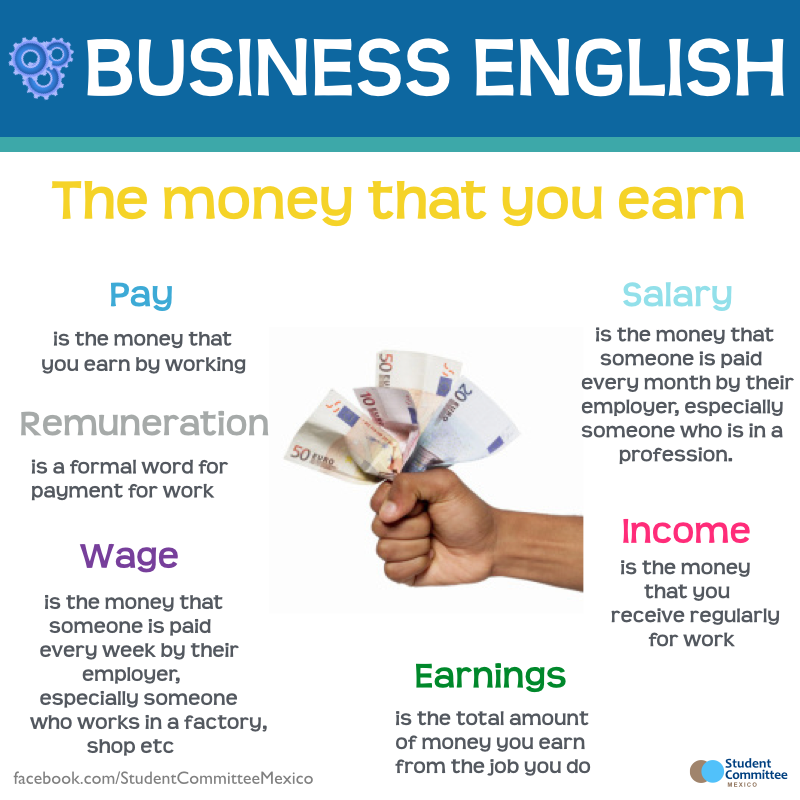
The good news for pension recipients is that the calculations are much more accurate when the analysis is simultaneously applied to hundreds of thousands of pensions as a group. Even better, the Department of Defense can rely on the number-crunching skills of another giant bureaucracy of inflation-adjusted payments: Social Security.
The mathematical details of discounting an inflation-adjusted annuity are well beyond the scope of this post. There’s not an easy formula to convert that $100/day pension to a precise lump sum. However, a few more straightforward estimates are reasonably close to the more complicated methods.
The easiest estimate assumes that a military pension keeps up with inflation. This eliminates the more complicated factors of correcting future dollars for inflation. If a military pension keeps up with inflation then the pension’s value in today’s dollars stays constant. The lump-sum value of the pension is the total amount to be received during the rest of the veteran’s life:
A 38-year-old veteran receiving $3000/month with a COLA might reasonably look forward to 35 more years of life. The estimate of the present value of their pension would be
The estimate of the present value of their pension would be
The life-expectancy estimate ignores other discounting factors in favor of simplicity and speed. Its main advantage is that veterans can quickly estimate a lump sum for their expected lifespan. Veterans in good health with long-lived ancestors may decide that they have 40 or even 50 years of retirement, raising the current value of their pension.
Another quick estimate is to assume that the pension is the income stream from a lump sum of Treasury Inflation-Protected Securities (TIPS). TIPS are an extremely safe and stable asset with built-in inflation protection. The market for buying and selling TIPS is huge and liquid, so their prices are reasonably accurate.
One flaw of this estimate is that, unlike a military pension, when the pensioner dies, there’s still a lump sum of TIPS generating a stream of income. Another drawback is that a TIPS’ maturity (now a maximum of 30 years) is usually less than the pensioner’s remaining life expectancy.
Another drawback is that a TIPS’ maturity (now a maximum of 30 years) is usually less than the pensioner’s remaining life expectancy.
The advantage of this estimate is simplicity and speed:
A January 2009 Treasury auction sold 20-year TIPS at an inflation-adjusted annual percentage yield of 2.5%. So for that $3000/month pension,
Another estimate of the lump-sum value of an inflation-adjusted pension is a commercial annuity. The annuity market is generally regarded as liquid because insurance companies compete to offer the “best” price without losing money. However, they still charge more than the actual value of the annuity to make their profit.
Insurance companies could be unable to make annuity payments or even go bankrupt and should be considered a riskier source of annuity payments than TIPS or other government bonds.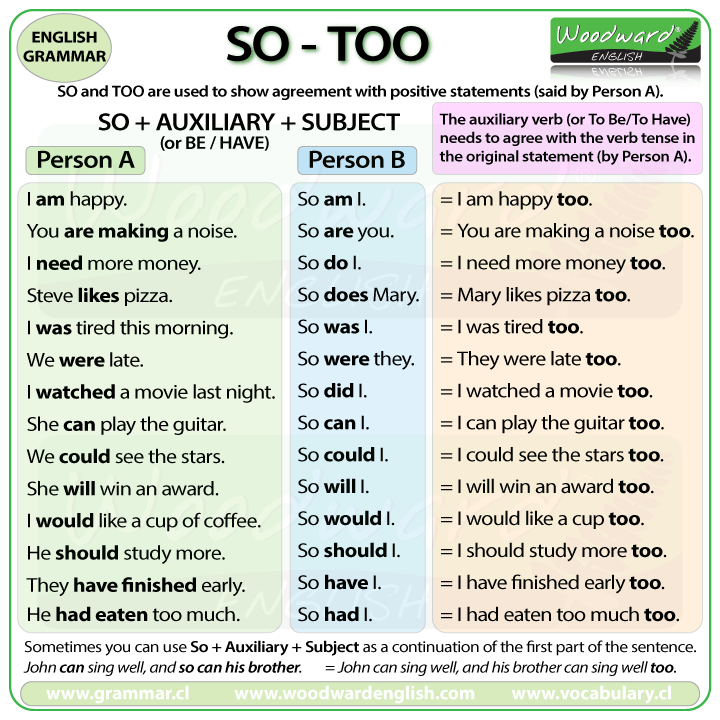
One of the “less risky” annuities comes from an agency sponsored by the federal government– the Thrift Savings Plan. TSP annuities are purchased from an insurance company. The federal government does not guarantee them, but the insurance company is presumably charging a smaller fee (to sell a large volume of annuities), and the annuity’s cost would be closer to its value.
TSP annuities are priced monthly and do not offer complete protection against inflation. The advantage of estimating a pension’s lump-sum value from a TSP annuity is its lower price and the TSP website’s calculator. Assuming that the $3000/month pension is paid to a 38-year-old veteran and limited to 3% annual inflation:
$1.4 million is the price that a veteran would pay in the market to buy a TIPS portfolio or an annuity that would yield their inflation-adjusted pension of $3000/month for the rest of their life.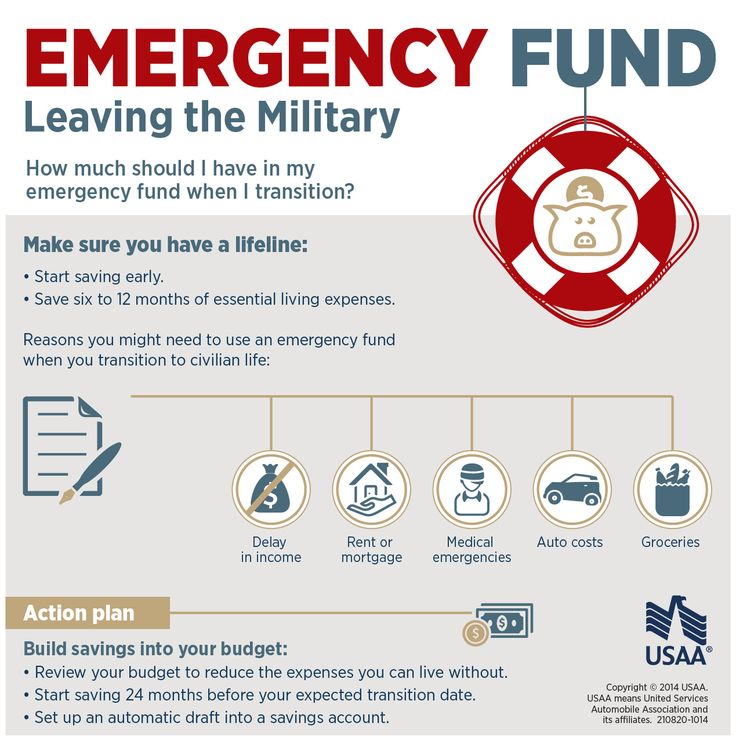 Other research analyzes the theoretical cost of annuities and discounted values– only the cost and not its market price. (This includes a research paper on military pensions– the citation is in the book.)
Other research analyzes the theoretical cost of annuities and discounted values– only the cost and not its market price. (This includes a research paper on military pensions– the citation is in the book.)
These estimates range from about $1 million to $1.2 million. They’re only theoretical estimates. These annuities can’t actually be purchased like the assets of the other estimates, but they’re a more conservative estimate of the probabilities of longevity and other risk factors.
Let’s get back to the veteran who’s just finished 10 years of service and is wondering if it’s worth staying in the military for another decade. After analyzing the pension’s present value, which sounds more compelling now: $100/day, or lifetime income of over $1 million?
Thousands of dollars coming in regularly quickly add up over the years. Add in increases for inflation, essentially free health care, and other benefits, and you can see how a military retirement can quickly be worth millions of dollars over a lifetime.
I didn’t stay in long enough to qualify for military retirement benefits – I separated from the USAF with an Honorable discharge after 6.5 years of service. Part of me looks at the military retirement system with a bit of longing. It is an excellent system for those who qualify, and I would love to be able to receive military retirement benefits for the rest of my life. However, separating from the military was the best move for me at the time, and I have no regrets regarding my separation or my military service. I am proud to have served, and the military is a large part of who I am today.
*disclaimer about this article: The calculations are for illustrative purposes only and do not reflect the exact retirement benefits you will receive. This is a simplified look at military retirement benefits and does not take many factors into consideration, including taxes, disability benefits, inflation, COLA, and other factors.
Ryan Guina is The Military Wallet’s founder.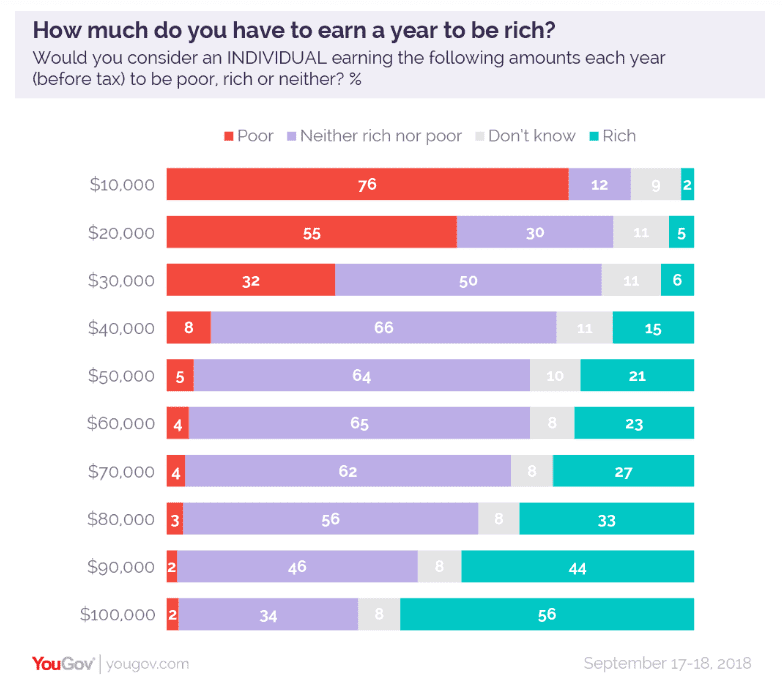 He is a writer, small business owner, and entrepreneur. He served over six years on active duty in the USAF and is a current member of the Illinois Air National Guard.
He is a writer, small business owner, and entrepreneur. He served over six years on active duty in the USAF and is a current member of the Illinois Air National Guard.
Ryan started The Military Wallet in 2007 after separating from active duty military service and has been writing about financial, small business, and military benefits topics since then.
Featured In: Ryan’s writing has been featured in the following publications: Forbes, Military.com, US News & World Report, Yahoo Finance, Reserve & National Guard Magazine (print and online editions), Military Influencer Magazine, Cash Money Life, The Military Guide, USAA, Go Banking Rates, and many other publications.
See author's posts
Retirement / Planning
Inside Creative House / Getty Images/iStockphoto
Although many American corporations have done away with a traditional pension system, the U.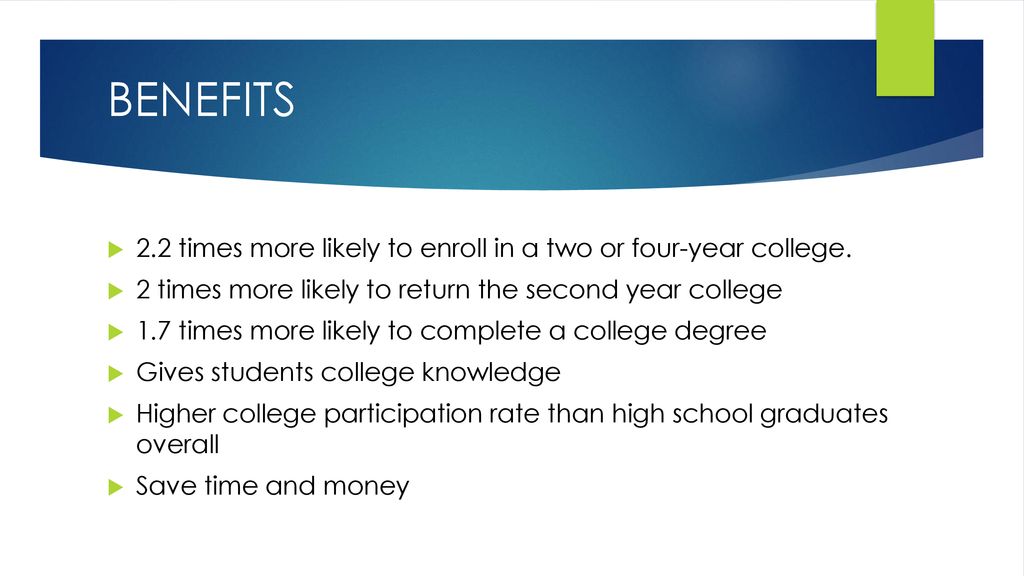 S. military has not. If you’ve put in long years of service with the U.S. Armed Forces, you’re entitled to a fairly significant retirement payout. However, determining exactly how much you’ll earn as a member of the military with a long service record can require some advanced calculations. There are, in fact, four different military pension programs available, and which one applies to you will depend in large part on when you began your military service. Here’s a quick overview of what type of retirement benefit you may be entitled to if you served in the military.
S. military has not. If you’ve put in long years of service with the U.S. Armed Forces, you’re entitled to a fairly significant retirement payout. However, determining exactly how much you’ll earn as a member of the military with a long service record can require some advanced calculations. There are, in fact, four different military pension programs available, and which one applies to you will depend in large part on when you began your military service. Here’s a quick overview of what type of retirement benefit you may be entitled to if you served in the military.
See: 30 Reasons It’s Hard To Retire at 65
Tips for the Future: 27 Best Strategies To Get the Most Out of Your 401(k)
As a service member, you’re eligible for the Final Pay Retirement System if you entered into the military before Sept. 7, 1980. The payout calculations for the FPRS are probably the simplest of any of the military’s retirement systems. To determine your payout, simply multiply your final monthly base pay by 2.5% for every year of your service. For example, if you served for 20 years and earned $5,000 in your final month, your pension payout would be $2,500, or 50% of $5,000. If you served for 40 years, your monthly pension would be 100% of your final monthly paycheck.
To determine your payout, simply multiply your final monthly base pay by 2.5% for every year of your service. For example, if you served for 20 years and earned $5,000 in your final month, your pension payout would be $2,500, or 50% of $5,000. If you served for 40 years, your monthly pension would be 100% of your final monthly paycheck.
The High 36 Retirement System was designed for individuals first entering service between Sept. 8, 1980, and July 31, 1986. The High 36 Retirement System is similar to the FPRS except that it uses the average base pay for your three highest-paid years — hence the “High 36” moniker — rather than simply your final month’s base pay. For those in the military, the final three years of service are typically the highest-paid years and are usually used in the High-36 calculation. Those with 20 years of service will therefore receive 50% of their average highest 36 months of base pay.
Important: 10 VA Benefits Every Military Family Should Know About
This retirement system is in place for those entering service between Aug.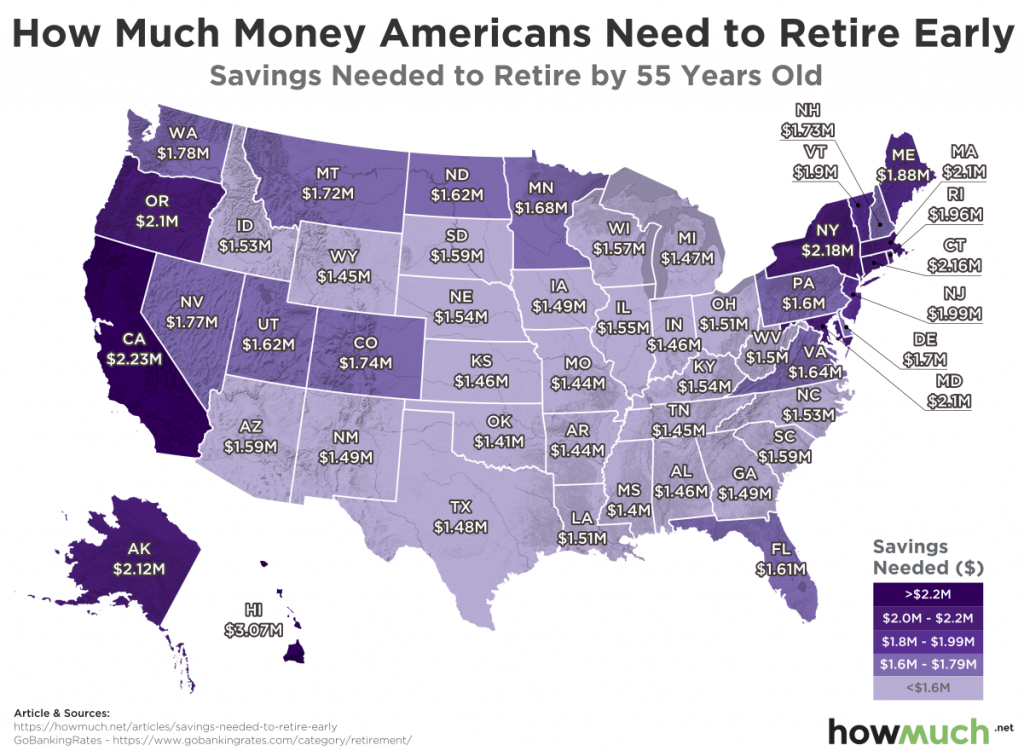 1, 1986, and Dec. 31, 2017, although those beginning service in that era could also opt for the High 36 System instead. The basic payout structure of the CSB/Redux System is like the High 36 system, in that the average of the highest 36 months of base pay is used. However, this system offers a one-time, $30,000 “Career Status Bonus” after 15 years of service in exchange for the reduction of future benefits. Those accepting the CSB must reduce their future payout by 1% for each year of service less than 30 years.
1, 1986, and Dec. 31, 2017, although those beginning service in that era could also opt for the High 36 System instead. The basic payout structure of the CSB/Redux System is like the High 36 system, in that the average of the highest 36 months of base pay is used. However, this system offers a one-time, $30,000 “Career Status Bonus” after 15 years of service in exchange for the reduction of future benefits. Those accepting the CSB must reduce their future payout by 1% for each year of service less than 30 years.
The math can get confusing, but here’s a simple example. Under the High 36 Retirement System, retirees with 20 years of service will receive 50% of their base pay, or 20 years x 2.5% per year. Those opting for the CSB bonus will receive 40% instead. The math works like this: 20 years of service is 10 years less than 30 years of service. Thus, the payout is reduced by 10%, or 1% per year of service less than 30.
On Jan. 1, 2018, the Blended Retirement System went into effect.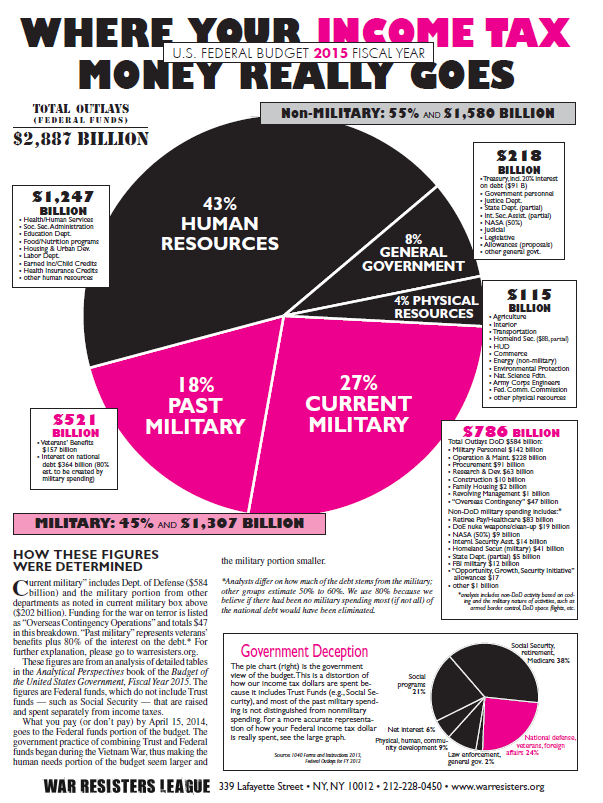 This system was designed to address the needs of the 83% of service members who do not stay in the military for the full 20 years required to get the normal retirement benefit. The BRS includes a defined benefit, a defined contribution to a Thrift Savings Plan (TSP) and Continuation Pay for members who have more than 12 years active duty.
This system was designed to address the needs of the 83% of service members who do not stay in the military for the full 20 years required to get the normal retirement benefit. The BRS includes a defined benefit, a defined contribution to a Thrift Savings Plan (TSP) and Continuation Pay for members who have more than 12 years active duty.
Find Out: 4 Ways Military Members and Their Families Can Achieve Financial Success
Eligibility for the BRS is determined as follows:
Find Out: Why It’s Harder To Save for Retirement Today Than 50 Years Ago
The BRS has many moving parts. The BRS creates a pension payout similar to the CSB/REDUX system, in that you’ll get 40% of your base pay after 20 years. You’ll also receive a bonus, although unlike the CSB/REDUX System, the bonus amounts to 2.5% of your annual base pay and it is paid out after 12 years of service.
The BRS creates a pension payout similar to the CSB/REDUX system, in that you’ll get 40% of your base pay after 20 years. You’ll also receive a bonus, although unlike the CSB/REDUX System, the bonus amounts to 2.5% of your annual base pay and it is paid out after 12 years of service.
Additionally, the military will contribute 1% of your base pay to your Thrift Savings Plan (TSP), and you will be automatically enrolled in the TSP at a 3% contribution level, which you can raise, lower or stop at any time. Finally, after 2 years of service, the military will match up to 5% of your TSP contribution.
More From GOBankingRates
Last updated: Aug. 12, 2021
Share this article:
After earning a B.A. in English with a Specialization in Business from UCLA, John Csiszar worked in the financial services industry as a registered representative for 18 years. Along the way, Csiszar earned both Certified Financial Planner and Registered Investment Adviser designations, in addition to being licensed as a life agent, while working for both a major Wall Street wirehouse and for his own investment advisory firm. During his time as an advisor, Csiszar managed over $100 million in client assets while providing individualized investment plans for hundreds of clients.
Along the way, Csiszar earned both Certified Financial Planner and Registered Investment Adviser designations, in addition to being licensed as a life agent, while working for both a major Wall Street wirehouse and for his own investment advisory firm. During his time as an advisor, Csiszar managed over $100 million in client assets while providing individualized investment plans for hundreds of clients.
Learn More
Lyubov Popovets
data journalist
A quarter of Russian citizens - 36.9 million people - have officially already left working age.
In 2018, before the pension reform, there were a third of the country's population. But pensions are usually only enough for the bare necessities: the average old-age pension at the beginning of 2021 was 15,744 R, the subsistence level was 10,022 R. So pensioners continue to work if possible. We studied the statistics and found out in which regions pensioners are more actively looking for work and what positions and salaries are applied for by older people.
We studied the statistics and found out in which regions pensioners are more actively looking for work and what positions and salaries are applied for by older people.
Most of the working pensioners are in Chukotka: 57%. The proportion of older people employed in the economy is high in Ingushetia, the Magadan Region and Chechnya: about 40% of older residents are employed here. For comparison: only a quarter of pensioners work in Moscow and St. Petersburg.
/chukotka/
Life in Chukotka
The fewest working pensioners are in Adygea, Tyumen and Kurgan regions: no more than 14%.
Source: Rosstat Source: Rosstat The number of working pensioners is almost unrelated to the overall unemployment rate in the region. The official unemployment rate in Russia is 4.6%. In the Trans-Baikal Territory, the Republic of Altai, Karachay-Cherkessia, it is at least twice as high as the average, but there are fewer working pensioners than the national average, that is, less than 20%. There are also reverse examples: in Kabardino-Balkaria, the unemployment rate is 11%, and there are 28% of working pensioners there, in Ingushetia these figures are 26.4 and 41%, in Chechnya - 13.5 and 39%.% respectively.
There are also reverse examples: in Kabardino-Balkaria, the unemployment rate is 11%, and there are 28% of working pensioners there, in Ingushetia these figures are 26.4 and 41%, in Chechnya - 13.5 and 39%.% respectively.
The Central Federal District stands apart: the unemployment rate here is below the national average, but the share of working pensioners is one of the highest. Most likely, this is due to the relatively high standard of living and the corresponding prices.
/retiree-stat/
Portrait of a Russian pensioner
Source: Rosstat — unemployment rate and employment Source: Rosstat — unemployment rate and employment, only 1% of the total number of resumes on this site were published by people of retirement age. Resumes without age indication were excluded from the calculations.
Employment and unemployment. RosstatPDF, 1.2 MB
Older women are looking for work almost twice as actively as men: resumes of pensioners - 1. 1% of all "female" resumes, pensioners - 0.6% of "male" ones. At the same time, according to Rosstat, in 2019 it took about eight months for an average elderly job seeker to search for a job. And for a person who is younger than retirement age - about six months.
1% of all "female" resumes, pensioners - 0.6% of "male" ones. At the same time, according to Rosstat, in 2019 it took about eight months for an average elderly job seeker to search for a job. And for a person who is younger than retirement age - about six months.
Based on Headhunter statistics, the highest proportion of pensioners looking for work is in the Leningrad, Kaliningrad and Moscow regions. At the same time, the top ten are regions in which pensioners make up about a quarter of the total population. Recall that this corresponds to the average Russian indicator.
Pensioners from Tyva, Mordovia and Ingushetia are the least likely to look for work at Headhunter.
Women are less likely than men to look for jobs that require mental work. Of the top 20 vacancies for retired applicants, there are only seven such specialties. Most often, older women want to get a job as an accountant, administrator, salesman, estimator or cleaner.
What to do? 20. 10.20
10.20
How can a working pensioner increase his pension?
Men have the opposite picture: if you take the top 20 most popular vacancies for which retirees apply, then most often these will be various engineering positions - chief engineer, design engineer, electrical engineer. True, on the top lines of this list, there are still positions that require minimal qualifications: a security guard, a watchman, a driver.
Source: Headhunter Source: HeadhunterWhat to do? 30.10.18
How can a pensioner increase his income?
According to Headhunter, the average amount that a job seeker older than working age will accept is 40,467 R, and a job seeker is 55,824 R.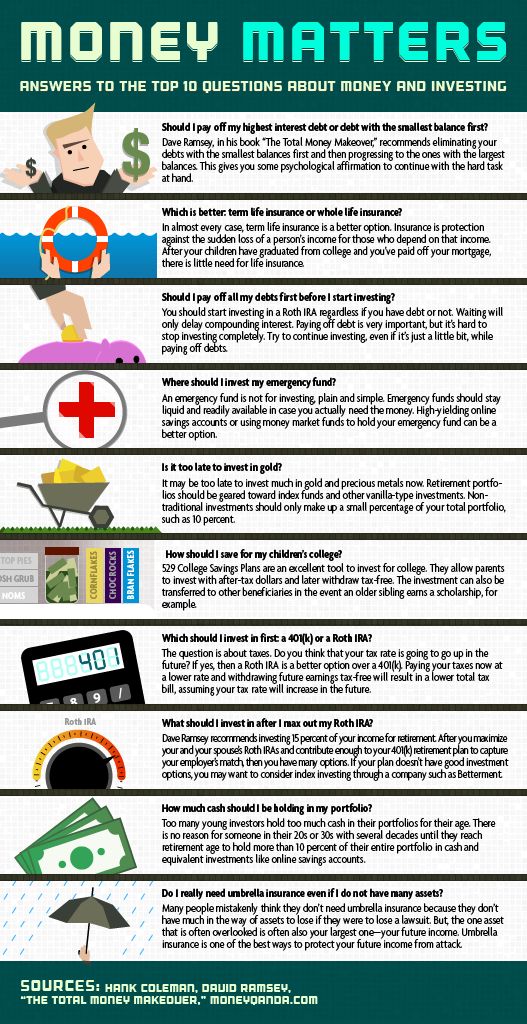 However, the gender wage gap in Russia exists for all age groups. In some areas, older applicants indicate a higher salary than younger ones. Such industries for women include the extraction of raw materials, science and education, for men - insurance and the extraction of raw materials. In addition, older people ask for more money when they are looking for a job that does not require any experience.
However, the gender wage gap in Russia exists for all age groups. In some areas, older applicants indicate a higher salary than younger ones. Such industries for women include the extraction of raw materials, science and education, for men - insurance and the extraction of raw materials. In addition, older people ask for more money when they are looking for a job that does not require any experience.
The highest desired salary for pensioners is in the field of top management: 66,865 R. For men, again in the raw material extraction industry: 101,190 R.
highly dependent on education. So, a pensioner with a university diploma can adequately compete with a younger applicant. This is especially true for women: for example, there are a lot of older employees among officials, as well as in the field of education and healthcare. In addition, an age-old applicant can compete with younger candidates when it comes to work that does not require professional education: security guard, watchman, salesman, cleaner. The chances of getting such a place among older people are often even higher.
The chances of getting such a place among older people are often even higher.
Evaluation of the chances of employment of workers of pre-retirement and retirement age, article in the journal "Economic Policy"PDF, 391 KB
Pensioners
Thanks to the indexation of pensions enshrined in the law, the average old-age pension from the beginning of next year will increase by 30 euros to 375 euros, and the average pension with the necessary service by 32.5 euros to 397 euros.
Since the deputies supported the proposal of President Gitanas Nausėda on indexation of pensions, the old-age pension will increase by an average of 3.5 euros next year. Additionally, indexed pensions will begin to be paid no later than June 30 of the next year, and the difference that has been formed since January will also be paid at the same time.
According to the data of the Social Insurance Fund (Sodra), taking into account the indexation and the proposal of the President, the lowest pensions, which do not reach 205 euros (with the necessary length of service), will increase by 21. 78 euros, and the largest ones, which exceed 1 thousand euros, by 93.6 euros.
78 euros, and the largest ones, which exceed 1 thousand euros, by 93.6 euros.
Teachers
The salaries of teachers in general education, non-formal education and vocational education will increase by 10% or 100 euros after taxes from September next year. For example, the salary of a teacher without a qualification category will increase on average from 720 to 790 euros. The salaries of teachers with categories will increase more significantly.
Salaries of kindergarten teachers from September will be equal to the salaries of general education teachers and will increase by more than 30%. According to preliminary estimates, the salaries of these teachers will increase by almost 300 euros.
The salaries of teachers and researchers from September will be almost 10% higher than this year - they will increase from about 1100 to 1214 euros. However, when setting the salaries of teachers and researchers in higher schools, a unified system for setting salary coefficients is not applied.
Physicians
The state budget provides funds for the average salary of doctors to increase from the current more than 1600 euros to almost 2000 euros from the second half of 2020. The salary of paramedical assistants should rise from almost 850 euros to almost 1000 euros. The exact increase in the salaries of doctors and other health workers is now difficult to establish, since it is determined by the heads of institutions.
Civil servants
The salaries of all civil servants will be increased by three euros by increasing the base salary from 173 to 176 euros.
Less paid and senior specialists can hope for a more intensive salary growth – due to the increased coefficients of official salaries, which set minimum and maximum salary limits, they will increase by 18-112 euros.
For example, the salary of a senior specialist now ranges from 603 to 1220 euros before taxes, next year they could be from 714 to 1240 euros.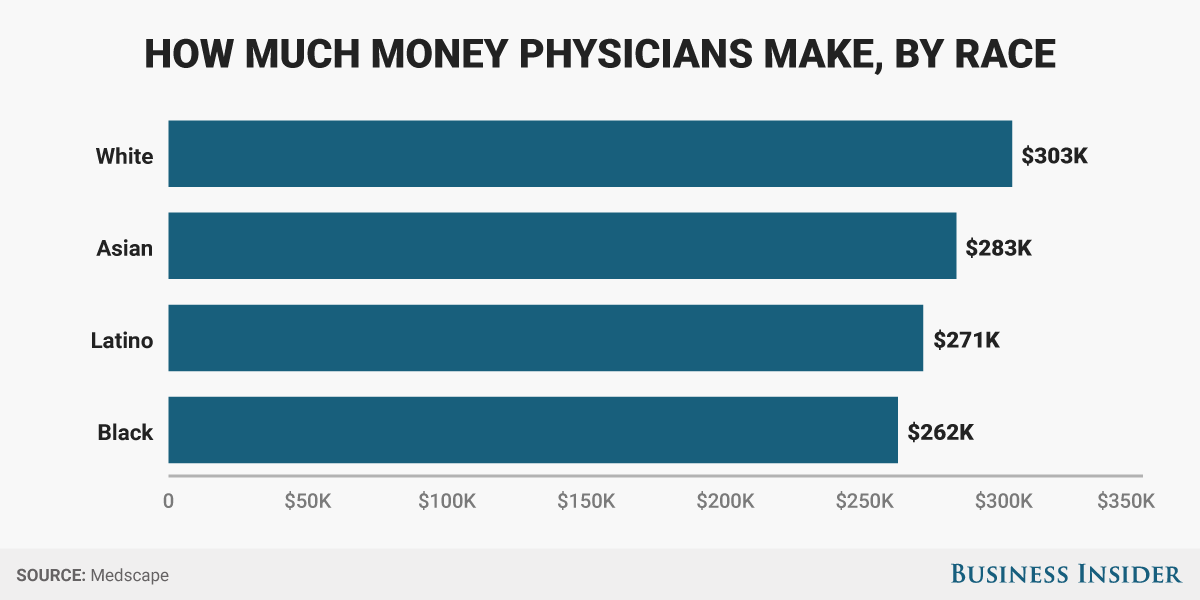 Salaries of specialists can rise from the current 505-1121 euros to 613-1139Euro.
Salaries of specialists can rise from the current 505-1121 euros to 613-1139Euro.
The specific salary of civil servants depends on the decisions of the heads of institutions.
Statutory employees
Next year, the salaries of employees of the Fire and Rescue Department and the Management Protection Department should increase most significantly.
Salaries of firefighters of all levels should increase by 125 euros on average and leave 931 euros "in hand".
On average, the salaries of employees of the Management Protection Department should increase by 227 euros and amount to 1484 euros "on hand". This is the department, whose employees in the system of the Ministry of Internal Affairs earn the most.
On average, by 119 euros (up to 1352 euros "on hand") will increase for employees of the Financial Crime Investigation Service.
The salaries of border guards should increase by an average of 114 euros to 957 euros (after taxes).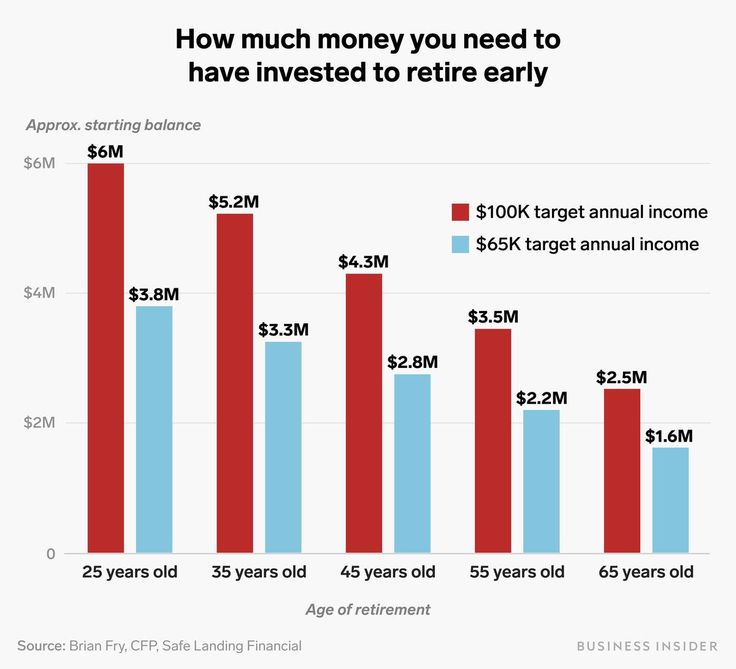
The salaries of police officers are to increase by an average of 66 euros to reach 1019 euros (hands-on), meanwhile, the salaries of officials in the Public Security Service will increase the least significantly - by an average of 49 euros to 909 euros (after taxes).
State leadership
President Gitanas Nausėda's salary next year will be 5856 euros, which is 176 euros more than now. The salary of Speaker of the Seimas Viktoras Pranckietis will increase by 52 euros to 3,065 euros, and the salary of Prime Minister Saulius Skvernelis - by 57.7 euros to 3,385 euros "in hand".
Parents
From January, the universal allowance per child will increase from 50 to 60 euros, and payments for children with disabilities, as well as those from large and low-income families - from the current 70 to 100 euros.
Universal payments started in 2018, at first they were 30 euros.
Entrepreneurs
The minimum monthly wage will increase by 9.